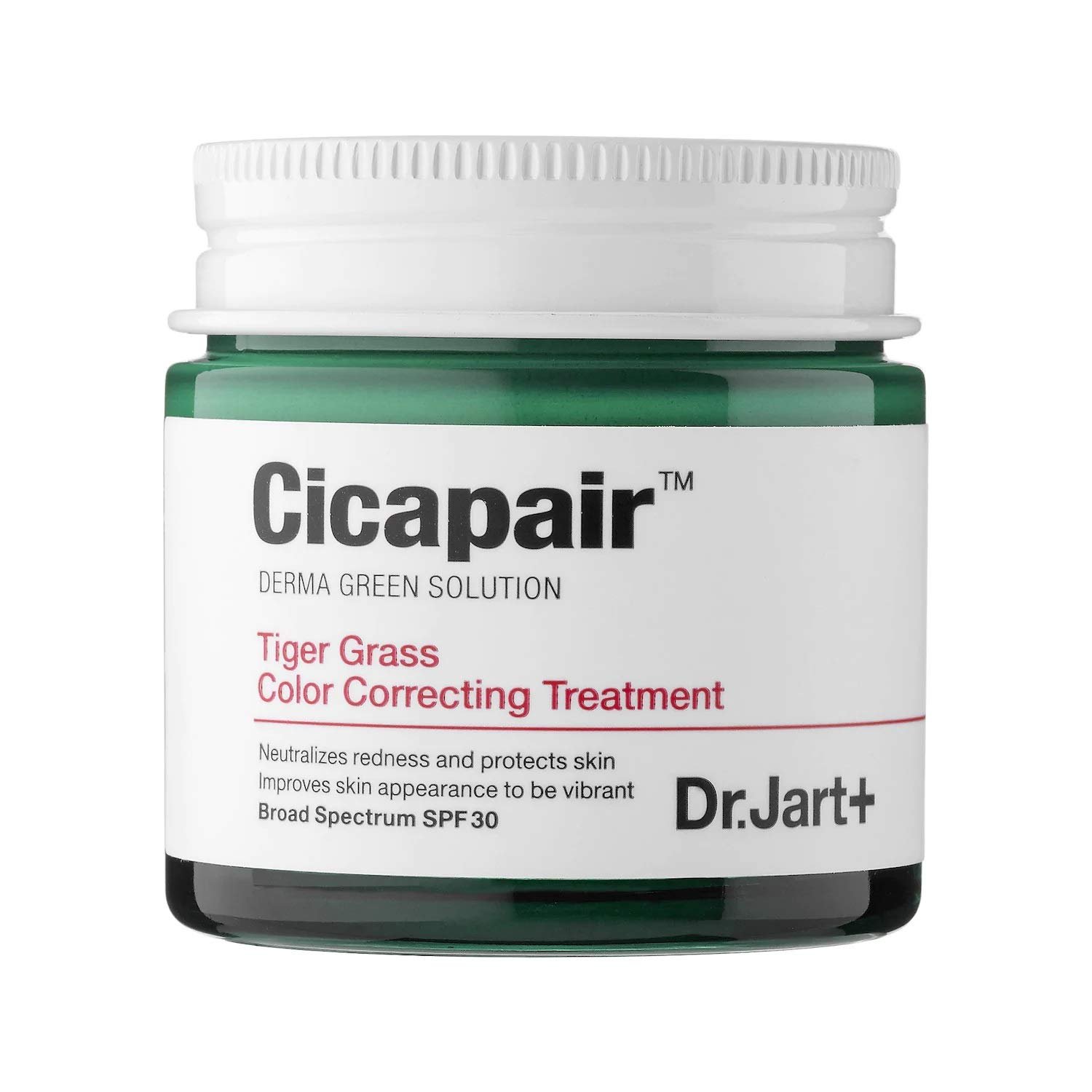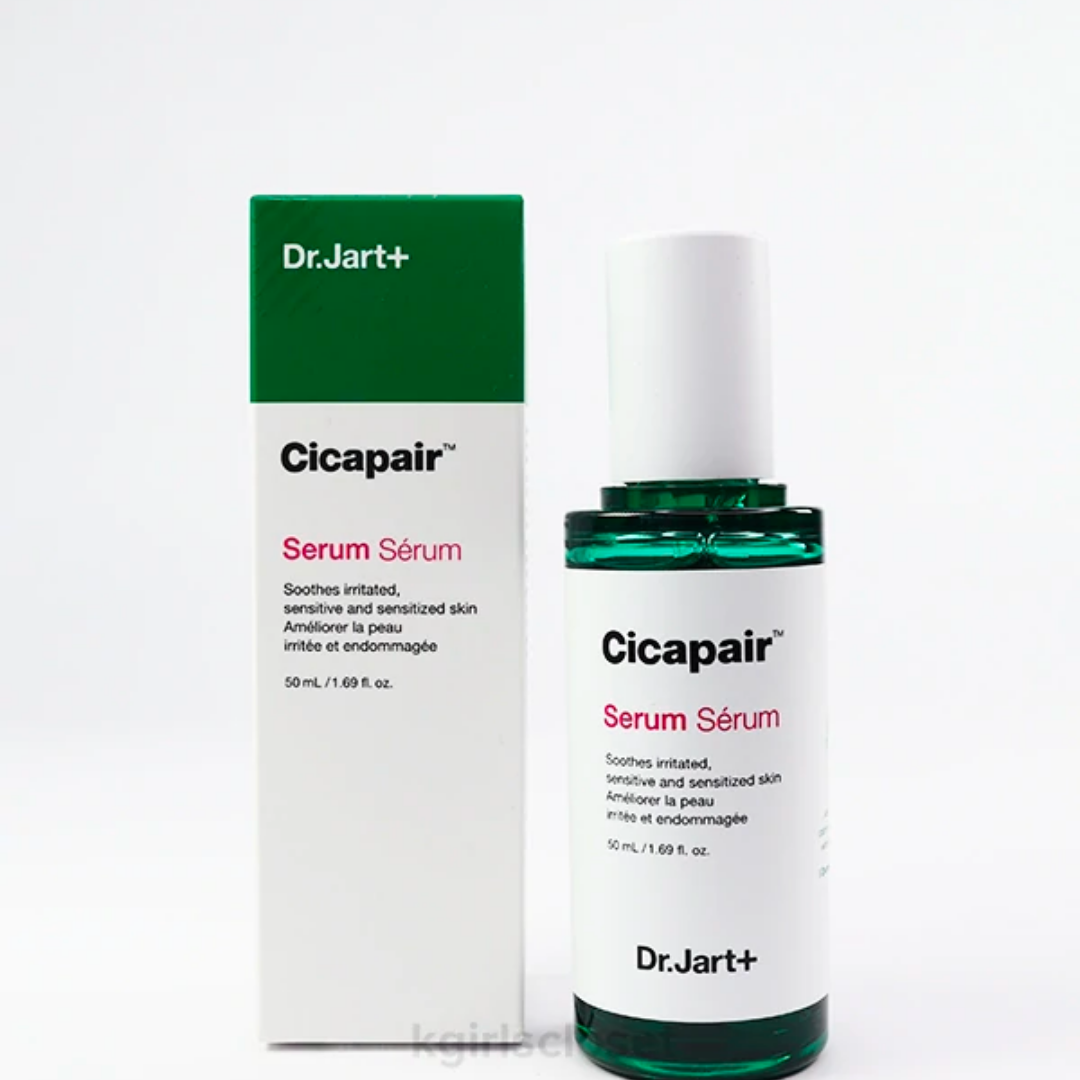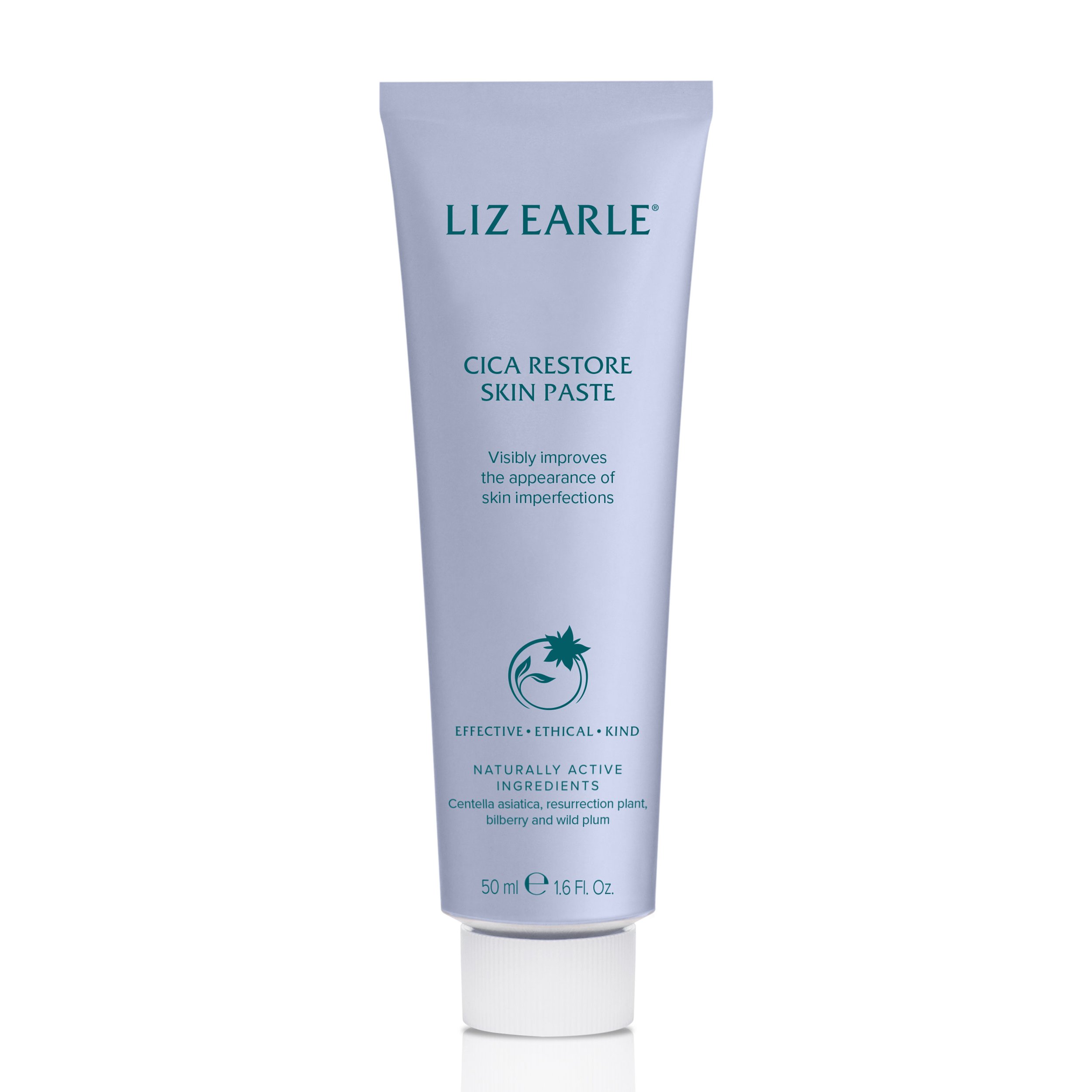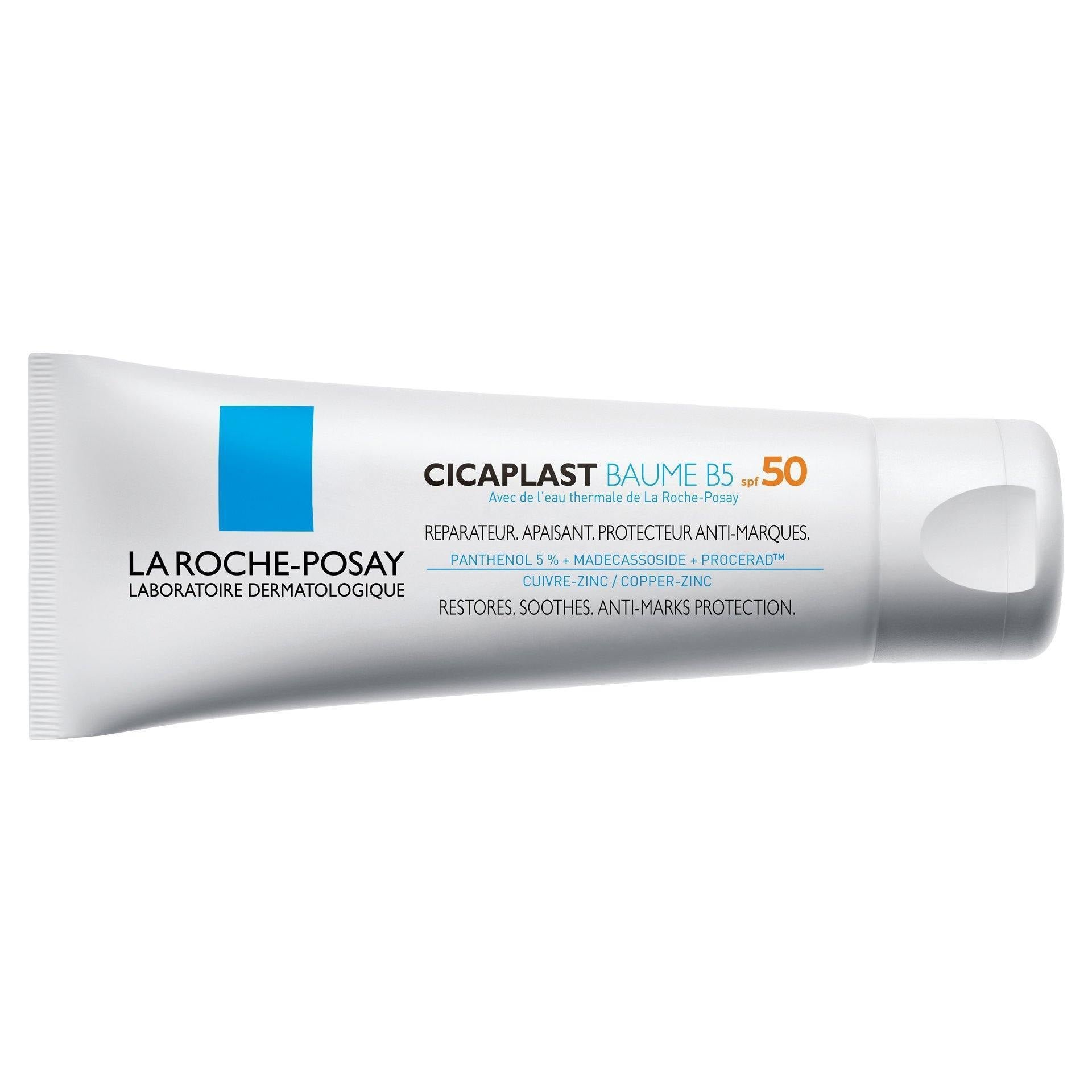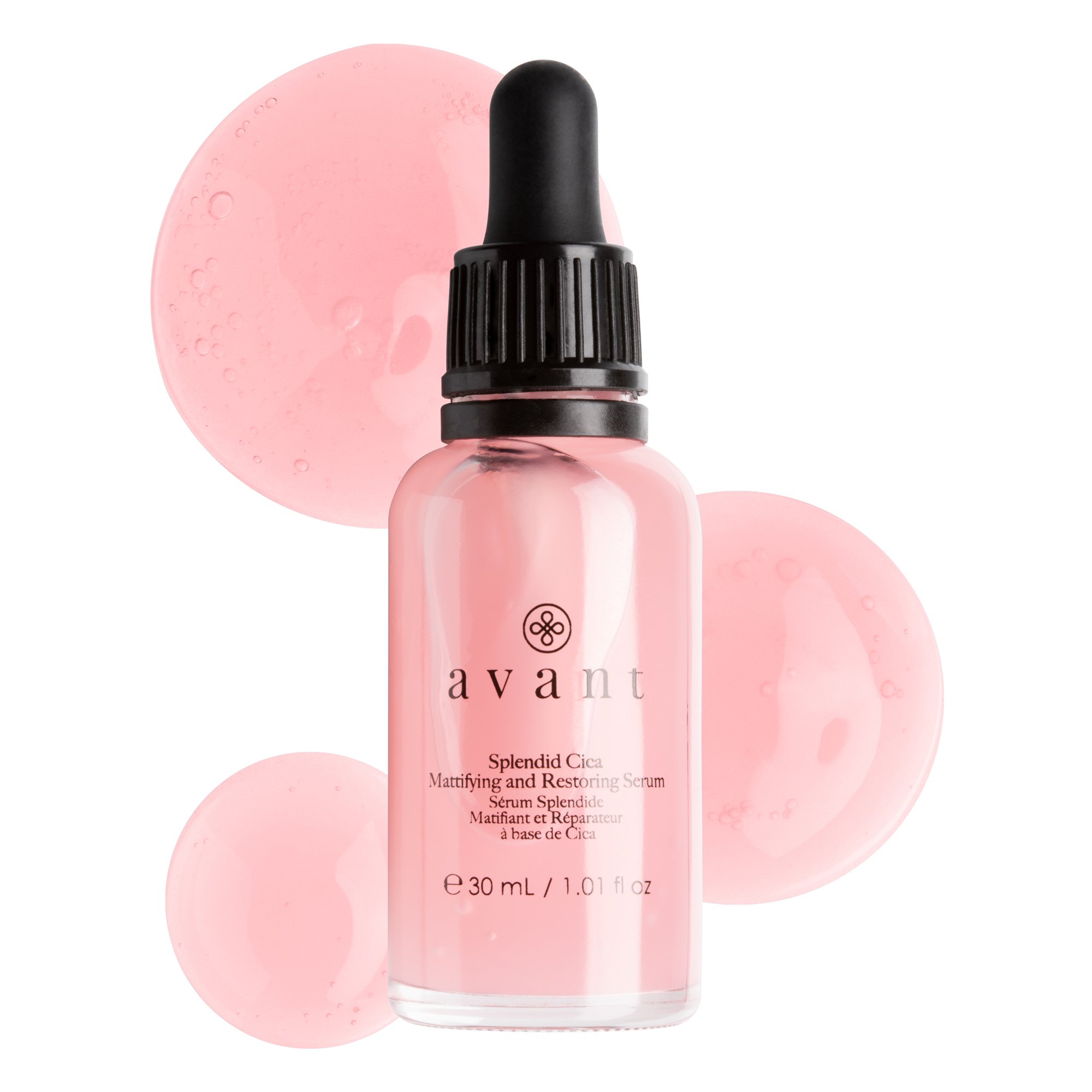Hello Cica
You may know it from the Dr Jart+ Cicapair correcting cream, but Cica is being added to all sorts of new products. What is it and why, how and when should we use it? Carissa Casey finds out.
Cica goes by various names. It’s a leafy green herb commonly known as Tigergrass in Asia, where it grows, or Centenella asiatic if you want to get scientific. It’s been used for centuries in Chinese medicine and, more recently, in a lot of Korean skincare (the Dr Jart+ Cica range among them).
The Tigergrass name comes from the fact that injured tigers can be observed rolling around on the herb and rubbing it into their wounds. The tiger’s are right - the wound healing benefits have been backed by several scientific studies. The ingredient helps boost collagen and hyaluaranic acid production, while soothing inflammation, helping wounds to heal faster.
Given its popularity in Asia, it was only a matter of time before it found its way into Korean skincare. Pollution is an issue in many parts of Korea so there is demand for products that work for sensitive, inflamed skin. The Dr Jart+ was just the first to make it to our shores. As anyone who has tried Cicapair knows (and I have), it’s very effective at soothing inflamed skin or redness (in my case caused by that most Irish of skin conditions, weather damage and broken capillaries.)
The collagen boosting benefits of Cica is particularly interesting for those of us trying to mitigate the aging process. Collagen reduces with age and that’s what causes skin to sag and lose its elasticity. One study found that combined with vitamin C, Cica improved firmness, elasticity and hydration, after six months of use. It’s believed that vitamin C boosts the effect of Cica on the skin.
On the body, it’s being used to treat cellulite and stretch marks. Cellulite is caused by an increase in the number of fat cells and/or a decrease in the connective tissue around them. Caffeine is used to reduce the number of fat cells but Cica works on boosting the connective tissue. A study involving 60 people with cellulite showed that applying Cica four times a day for four months improved the appearance of cellulite in 85 per cent of cases. Handily for those of us who don’t want to spend our days rubbing cream into our skin, taking Cica orally could have the same benefits. While it hasn’t shown the same results with stretch marks, it does lessen their severity.
5 Cica products to try
Dr Jart+ Cicapair, Tigergrass Correcting Cream €15
Widely available and one for the bathroom cabinets for anyone who suffers from inflamed skin and redness. A tiny amount goes a long way and will both soothe the skin and reduce redness.
Dr Jart+ Cicapair Tigergrass Re.pair Serum €39
A new one (for me anyway). This contains seven different types of Cica as well as niacinamide. It’s green tinted but absorbs easily and comes highly recommended.
Liz Earle CICA Restore Skin Paste €36
This is a leave-on overnight mask for dry skin prone to redness. Helps restore hydration and smooth imperfections. Good one for mature skin.
La Roche-Posay Cicaplast Baume Be €13.50
If you’ve been over-doing it on the skincare front - too much exfolianting, too many actives - this is the balm for you. It helps reduce the appearance of dry, irritated skin and is gentle enough to use on babies.
Avant Splendid Cica Mattifying and Restoring Serum €99 (avant-skincare.com)
A great anti-aging all-rounder which also includes marine collagen. Combine with a vitamin C serum to boost even further.

